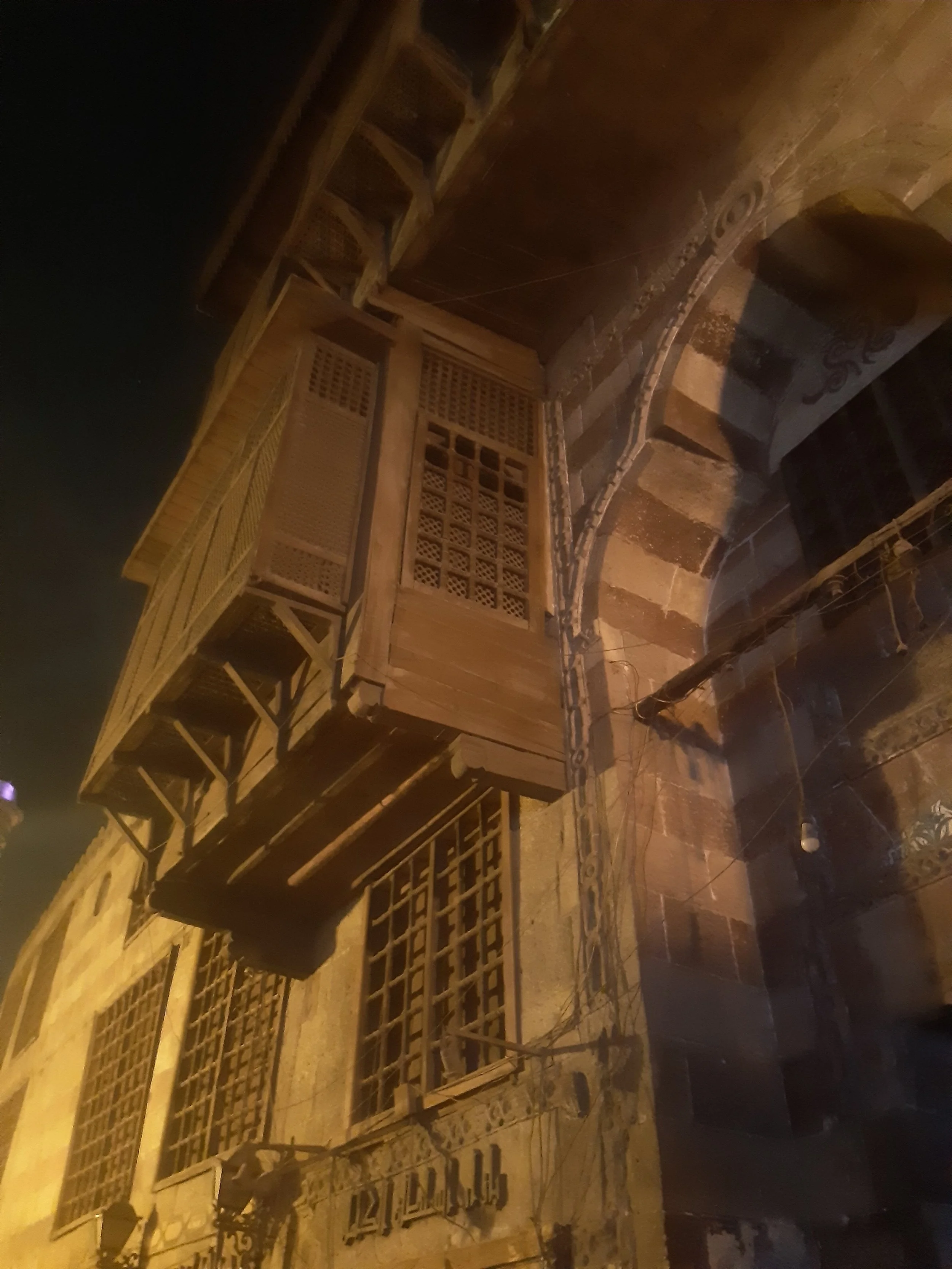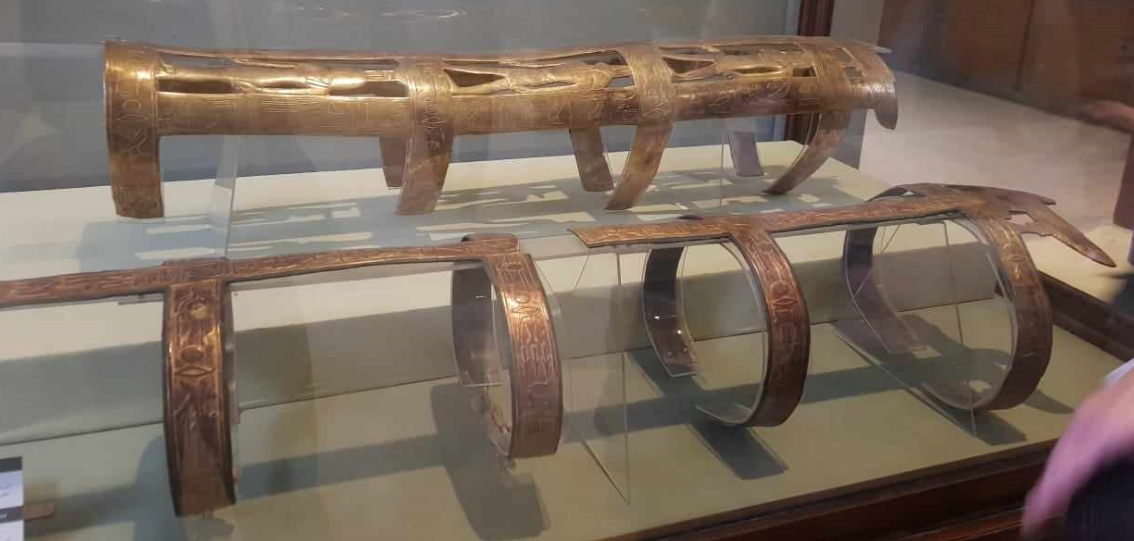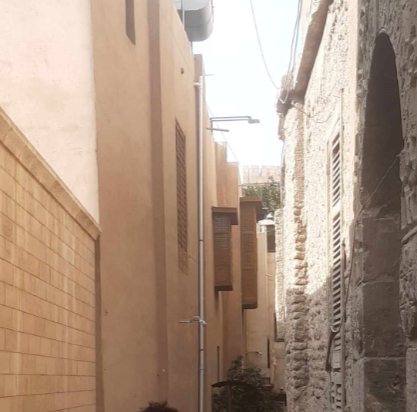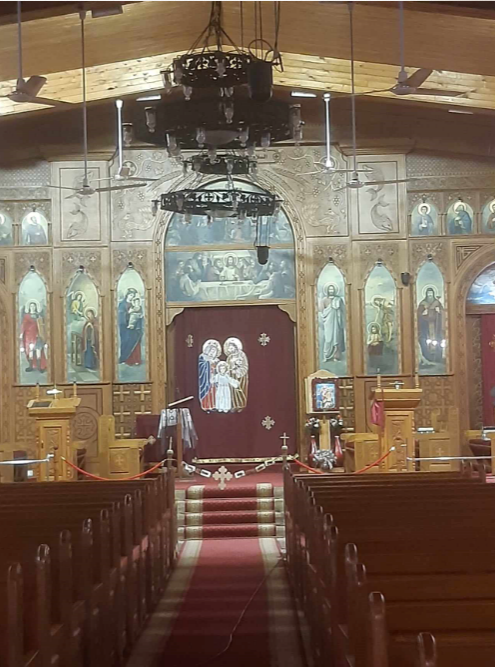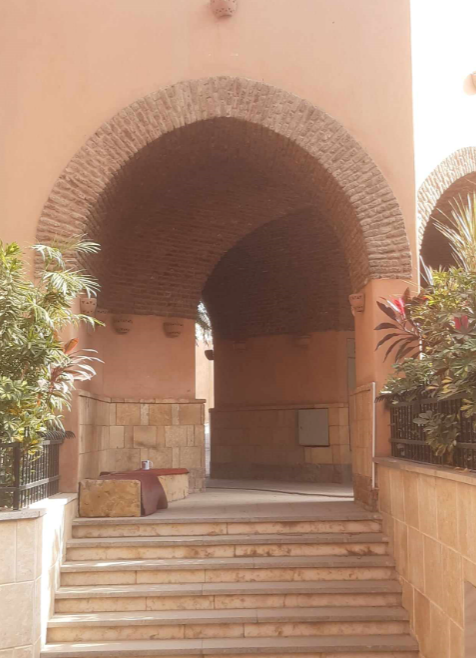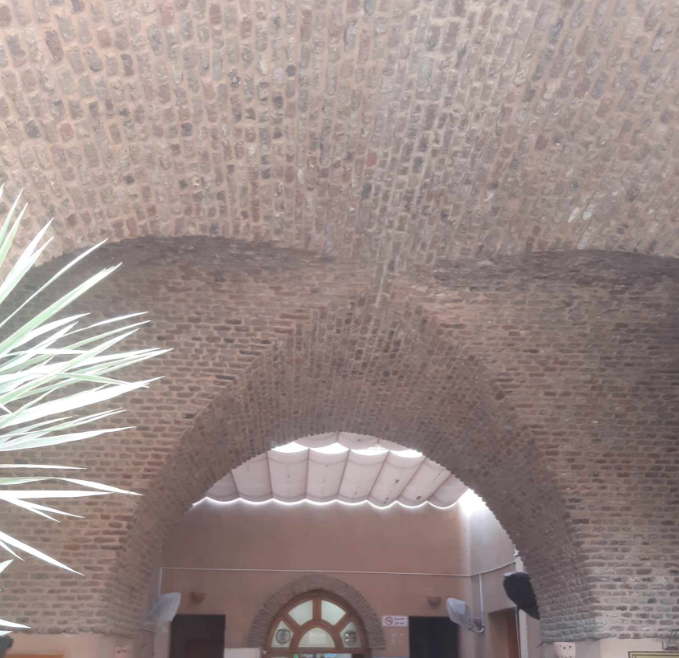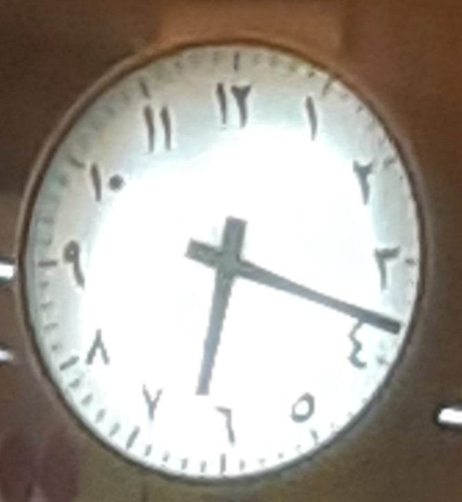A Big Member, 2B or not 2B
Yes, you read right.
How is it that the Egyptian god with the giant penis got to be missing one hand and the other foot.
Remember, remember the member of November…
No, wait. I think that was Remember, remember the 4th of November…
Talking about the English festival of Guy Fawkes – not what you were thinking!
2B or not 2B
Two years ago I spent 24 hours in Cairo transit, weighing up the big question.
To go or not to go.
This seems like a no-brainer. I have two stories set in Egypt, and for a mere £20 through immigration there were the Sphinx and the pyramids waiting for me – just for starters.
But this was covid – January 2021. Getting anywhere was difficult, a series of hoops and hurdles involving PCR tests, where to get them, how much they’d cost… let alone the logistics of plane flights involving 3 to 4 legs where every country had to be checked for whether it was possible to land or not, or even to pass through transit. By the time all was checked out and a suitable flight path found for only slightly less than the cost of selling both kidneys, the first legs were no longer available.
Fun memories - not!!!
After a year of no work, I needed to get myself to somewhere that I was able to get work. London laughed in my face. Greece wouldn’t let me stay. Turkey didn’t pay enough to make ends meet. Asia was still closed, and Australia was of course completely locked, even for some 300,000+ citizens.
The 3 ½ hour flight from London to Tangier in Morocco took me a week of sleeping at airports and a 10,000 km detour. That was the bit that had me at Cairo airport. One of the many dramas on the way had resulted in a fresh PCR. So, for 24 hours I agonized – to go through those gates or not, and keep going to Morocco.
As it turns out, I got it right. At the end of January 2021, I arrived in Tangier on a Sunday night, spent the Tuesday at job interviews, and was working by the Thursday.
And the Egypt bit? Well, I am now here with an insider tour, invited by a great friend who is perhaps even more on the crazy side than most I know. He not only lived here for many years and loved – still loves it – but is very knowledgeable about ancient Egypt. He has visited every single pyramid – and that is no mean feat. There are around 100.
This was to be a combination of seeing the amazing, and a crazy ride – by day the sites including the closed sections, by night the local view of life through his friends and night haunts.
And Cairo never sleeps!
The pair of us are still like 2 kids in a lolly shop. Me for how amazing everything is and the long wait, my friend for being back in a favourite place he used to visit every few months, but covid means it is now 3 years, and his first trip anywhere in that time for a footloose nomad.
Amazing as the pyramids and Sphinx are, and strange as some of the gods might be with or without their members, that is by no stretch all that Cairo is. Egypt is predominantly Muslim. But…
Fun fact: Christmas trees and decorations are a normal thing.
Yes – Christmas is a thing in Egypt. There are enough Christians – and enough respect – that Christmas is actually celebrated – albeit, their Christmas Day is the 7th of January.
Don’t get me wrong – it’s nothing like in the west. The country doesn’t close down. It’s not even a public holiday. But enough businesses do close that you have to keep that in mind, and there are actually Christmas decorations around – Christmas trees, Christmas food, decorations in the shops, the streets, and in public places.
I see the decorations especially in an old building in the market place – a shopping mall – a rarity in Cairo’s older areas – showing the amazing ironwork typical of the Victorian era, filled in with domed ceilings and glass. Perfect, I think, for one of my action stories – a fight on the roof finishing with someone (bad guy of course) smashing through the glassed panes, and maybe bouncing on the Christmas tree below – better still, neatly skewered by it…
You have of course heard the saying: Be nice to writers or they might put you into their story – especially if they write murder mysteries, …or action.
Don’t get me wrong – I love the old and the incredible stuff, and in reality I hate when we lose these amazing pieces of history. But in fiction, it is so much fun to destroy it!
But I digress. Sorry – my imagination can get the better of me. Back to Christmas in Egypt and little-known gods of big and missing parts.
So why does Egypt do Christmas?
This is because of another little-known fact: As many as 10% of Egyptians are Christian.
Well, it depends who you listen to. This number seems to be an ambiguous one. Some sources say that only 8% of Egyptians are Christian (the government), while others say that it’s as much as 18% (the church). So generally speaking, 10% seems to be the compromise.
This is still quite a large number. With a population of around 110 million, that means some 10 million Egyptians are Christian – almost half the population of Cairo – and maybe more.
But if you stop and think about it, that really isn’t surprising. Islam is less than 1500 years old. Its start is placed at 610 CE, the year the prophet Muhammad had his first revelation at the age of 40.
So what was there before that?
Of course, the pharaohs. But they were all gone well before Muhammad. Officially the last with the title died in 313 CE, and he was a Roman. If we go back to before the Romans, and before the Greeks and the Hellenistic era with the Cleopatras, the last dynasty was the 31st Dynasty ending in 335 BCE.
There is Egyptian history outside Islam and the pharaohs.
Think of all the Bible stories set in Egypt – Moses parting the Dead Sea, the selling of Joseph into slavery, the Exodus of the Hebrews from Egypt in the 13th century BCE. Pre-Islamic history in Egypt includes a lot of Christian history.
File photo - of the dozens I took, none show the Coptic Cross
The Christians in Egypt and Ethiopia are predominantly Coptic Christians. Their cross is a cross with all arms the same, not the elongated length of the Christian cross. Ironically, the word ‘Coptic’ came from the Greek word for Egypt. So Coptic Christian means Egyptian Christian. The Coptic language is in fact the evolution of the Egyptian language as it was before the Arabic language took over with Islam – all the hieroglyphs etc - though with its own unique writing system.
A Coptic Surprise
At the end of a shopping spree buying up souvenirs and gifts at the markets, including dalek salt shakers, ankhs and jewellery, perfume, funny t-shirts, belly dancing outfits, and giant members of little-known Egyptian gods, dodging hand drawn carts and the family vehicle (a motorbike), the night unfolds in a comfortable blanket of darkness. The streets empty out (a little), the lights create a whole new atmosphere, and my friend leads me to the edge of the market area.
I gaze awestruck at its beauty. Is this really the middle of Cairo?
It is a small leftover area of old Coptic churches and buildings. At night this street is like some fantasy land of beauty. So small in the hugeness that is Egypt, yet this moment is far from a misadventure.
Egypt – and I’m really just talking about Cairo (the rest will need another visit) - has so much, is so big, that I find it overwhelming. The Civilizations Museum was recommended by everyone for mummies – real live dead bodies… so to speak. We are staying across from Abdyn Palace Museum – it just seems so new compared to the rest, not even 150 years old (building started in 1863) - and yet it is older than almost every solid structure in Australia. Cairo is a city which has existed for 1000s of years. It may look new in spots, but it is imprinted over ancient streets and pathways that have been trodden on by millions of feet over thousands of years.
These may look like some sort of nasty torture devices, but they were mummy cages - one of the layers of wrappings for the mummies to hold them tight, and stop them from unravelling and being scary and walking into a mummy movie.
Fustat and Coptic old town Churches.
That is not the whole of Coptic Cairo, by any stretch. A few days later my friend takes me on a bumpy taxi ride to the outer edges of Cairo - to Fustat. This is an old Coptic town – an old part of Cairo that predates Islam. It is full of Christian churches – still in use today.
We walk down a set of stairs to the main street. As with all old cities – London and Rome are just two that come to mind of many – the street level rises over time. The longer a place has been inhabited, the higher the street rises. Buildings are pulled down, the old is used as a foundation for the new (or as in Rome and Edinburgh, they just turn the roofing above covered streets into new pathways to walk on top of, leaving the old city intact beneath everyone’s feet).
Old medina streets are like this - doors and shuttered windows, giving you no hint of what it’s like on the other side - a hangover from Roman influence where stone walls enclosed the gardens and villas.
So gradually the streets rise, each time a little higher than before. I am used to seeing this in Fes in Morocco, doors which are not up but down from the street. And sometimes just the top arch of the doorway is all that is left to show where a full door once was.
So down we go, a full set of steps to the old street level. Through a gateway and along a street lined with walls. This is now a familiar thing to me – the style of city has not changed for millenia. I am living still today in the history of the past – at least in its footprint. The street plan has not changed in any of the cities I have visited in this part of the world.
As I said, Coptic history pre-dates Islam. Its origins are from the year 62 CE (just 30 years after Jesus’ crucifixion) when the apostle St Mark came to Egypt and Ethiopia. You may have seen the churches in Ethiopia dug from the top down into beds of stone in the shape of the Coptic cross – another must-see on my list. The Coptic history sits between the mummies and Islam, and has persevered into the modern century.
In Lalibela in Ethiopia, these churches are in a cross pattern, not built but dug down into the rock, The ground level is where the roof is. File photo.
Same church from ground level. File photo
There is so much that is back to front and upside down, so much that is unexpected – that Egypt has a big Christian history, that the language is written from right to left and has over 60 words for lion, 25 for the various stages of falling in love, and an incredibly rich history of poetry, literature and music.
We find a shop selling the icons a friend requested as a gift, the wooden Coptic crosses on necklaces, and wander through the myriad of churches and museums. Some are elaborate in their decorations – their detail exceptional and quite extraordinary, the rich gold leaf used it seems without restraint. It reminds me of the Orthodox churches I saw in the Kremlin in Moscow when I was there in 1992.
Fustat - inside one of the elaborate gold leaf decorated churches
Other places are beautiful in their restraint. I have always been a lover of the spaces created, as much as the shapes which make them. I think that is why I so love doorways, archways and pathways (but add old keys and beautiful doors to that – maybe it’s just the promise of something just out of sight waiting to be discovered, the anticipation of a journey full of secrets and surprises).
Also in Fustat, a passageway reflecting the simple style
We walk through the old streets, into old churches still in use, the elaborate ones, and those which are serene and elegant with their groin vaulting – where the columns follow through up into the ceiling to create their beautiful shapes.
Now a coffee shop, but a beautiful example of the vaulted ceilings
This may not quite be in the heart of the chaos that is Cairo, but the chaos is still very much out there making it feel like a sanctuary. I wonder how it must have been to walk along these streets 2000 years ago when Cairo was a fledgling collection of settlements.
Fustat itself was founded in 640 CE, just after Islam started, and via some small moves northwards, via the Fortress of Babylon built by the Romans in 30 BCE, and finally landed where Cairo is now centred around Zamalek island. In fact, it has grown so much they are currently building a “New Cairo” on its eastern edge. They have decided to move the city. Again.
On our return I am about to ask about the story behind the god with the missing members when I notice yet another quizzical curiosity. There on the platform at the train station it all seems to be summarized.
There’s a clock I can’t read.
I have grown up believing that our alphabet is Roman, our numbers are Arabic. But the ones I learnt at school – these are not!
Something jogs my memory and I fish out my Egyptian coins – my Egyptian pounds. Yes! It is as I thought. The 5-pound coin has a big “0” on it. And I’ve noticed signs on vegetables saying they are “1.” in value.
In fact, while waiting at the airport for baggage, I filled in the minutes trying again to memorise the Egyptian numbers (obviously not very successfully). It has been so confusing trying to sort through unfamiliar coins in an unfamiliar currency. A 1 looks like “1”, and a 9 looks like “9”, but a “0” means 5, a “.” represents zero, so a “1.” isn’t one, but ten!
To add to the confusion, 6 looks like a “7”, and 7 looks like the Roman “V” for 5. 4 looks like a 3, and 3 is on its back, no doubt after too heavy a night of drinking at some of Cairo’s night bars.
And let’s not forget that they are all written back to front. So 51 is written as “10”. And the number on the right will be the opening hour, not the closing hour!
Surprise!!!
So how has Cairo been so far? Chaotic, busy, noisy, packed with people, nightlife, shop. Always busy, always noisy. Cairo is full of life – especially around the huge market places… market suburbs. As with all of my misadventures, full of surprises.
In keeping with that, I have a surprise for you, your own little taste of misadventure. I am saving the story of the Egyptian god with the giant member, and missing ones – his right foot and his left hand – for the next blog.
(ok – let’s be honest – I’ve already gone over my designated number of words, but I thought the surprise idea sounded far cooler!)
But I also thought it would be cool to see what stories you might come up with to explain this god (without cheating and looking it up).
How do you think the god with the very big member lost one hand and the other foot – his left hand and his right foot?
Do you have a scenario that’s more entertaining than the myth?
This is nothing to do with porn. This is something common across many cultures. But you have to admit - missing one hand and the other foot - how does that fit in?
Any scenarios that please my imagination or make me laugh will get immediate access to the story I was told - early access to the next blog!
January 2023





